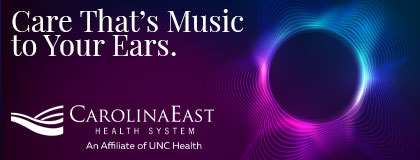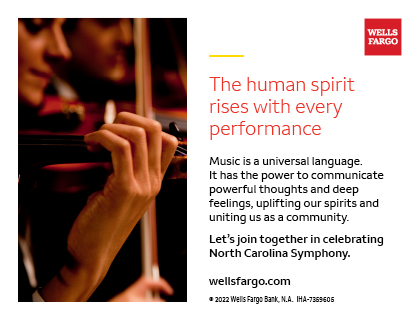Piano Concerto No. 2 in C Minor, Op. 18
Sergei Rachmaninoff (1873-1943)
THE STORY
Although Sergei Rachmaninoff is better known today as a composer, in his time, he was also a famous pianist and conductor. In fact, his reputation as a respected pianist and conductor preceded that of his as a composer, largely because of the disastrous premiere of his First Symphony in 1897. Thrown into a deep depression afterwards, he later recalled that for three years, “I did nothing and found no pleasure in anything. Half my days were spent lying on a couch and sighing over my ruined life.” During that time, Rachmaninoff suffered from writer’s block and composed no new works. Concerned about the composer, his family recommended that Rachmaninoff visit the hypnotist Nikolai Dahl. In their sessions, Dahl repeated a mantra: “You will begin your concerto . . . you will work with great facility . . . the concerto will be excellent . . .” While we may view hypnotism with skepticism today, the composer admitted that “although it may sound incredible, this cure really helped me.”
The product of Rachmaninoff’s treatment, the Second Piano Concerto is dedicated to Dahl and represents the composer’s triumph over his artistic insecurities. Premiered in 1901 by the Moscow Philharmonic with Rachmaninoff himself at the piano, the work garnered an enthusiastic reception, helping to solidify Rachmaninoff’s fame as a composer. Together with his Third Piano Concerto in D Minor (which appears on the NCS’s program on March 10/11), Rachmaninoff’s Second Piano Concerto has remained a beloved gem of the concert repertory.
LISTEN FOR
- The solo introduction in which the pianist alone plays solemn, heavy chords that, alternating with a bass note that reverberates from the depths of the piano, increase in intensity and culminate in the orchestral presentation of the first theme
- Rachmaninoff's reversal of concerto conventions in assigning the first theme to the orchestra rather than the pianist—the pianist does not truly play as the soloist proper until the introduction of the dreamy second theme. This pattern is repeated in the second movement, when the piano first accompanies delicate, hovering flute and clarinet solos before assuming the role of soloist.
- The understated flute duet after the rhapsodic piano cadenza in the second movement that gently re-introduces the main theme in the strings, whose use of mutes lend a veiled quality to the return of the dream-like melody
- The pervasive rhythm of long-short-short throughout the third movement, which gives a martial quality to the music and drives the energy forward
INSTRUMENTATION
Solo piano; two flutes, two oboes, two clarinets, two bassoons, four horns, two trumpets, three trombones, tuba, timpani, percussion, strings

